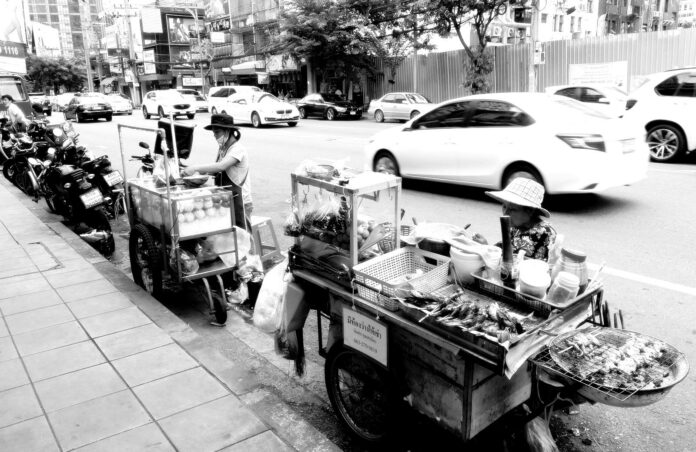Southeast Asia’s second largest and once one of its most dynamic economies is struggling under the weight of an ageing population, a deteriorating education system and low yield rice farming. Thailand looks trapped as a middle-income country, unable to get rich, and stuck between a younger, dynamic Vietnam and larger Indonesia.
Getting out of its economic rut won’t be easy, but investment in education and higher quality human capital and agricultural and governance reform should be priorities.
Thailand has the lowest fertility rate in Southeast Asia, bar Singapore. Its demographics are arguably more worrisome than those of South Korea, which has a fertility rate close to 0.8. Between 2000 and 2021, South Korea’s population aged 20–24 declined by 15 per cent. In Thailand, that number fell by 20 per cent, moderately better than the 27 per cent decline in Japan.
But Japan and South Korea generate over four times the per capita GDP of Thailand, and they have more resources to support ageing citizens and attract skilled immigrants to reinforce greying workforces.
As in many other countries, COVID-19 exacerbated Thailand’s ageing. Between 2020 and 2021, the number of Thai infants declined by 8 per cent. Middle and working-class households, stressed by growing debt, inflation and poor employment prospects, are hardly eager to have more children. During the pandemic, Thai household debt soared to 90 per cent of GDP.
In the 2000s, Thailand outperformed its regional peers across many education metrics. Nearly all age-eligible children attended primary school and a high proportion of young people entered junior secondary school. Most Thai workers in 2006 had a primary school education at best. By 2019 most had some post-primary education.


